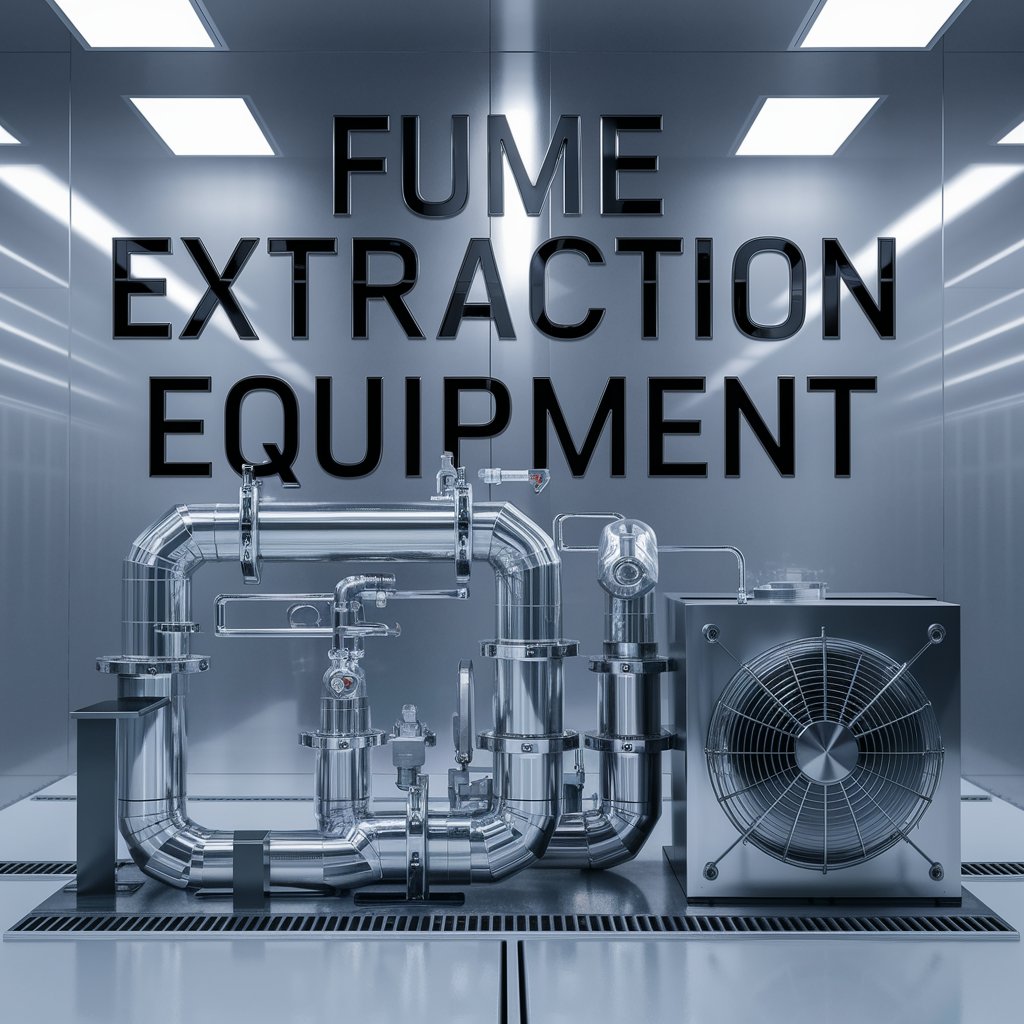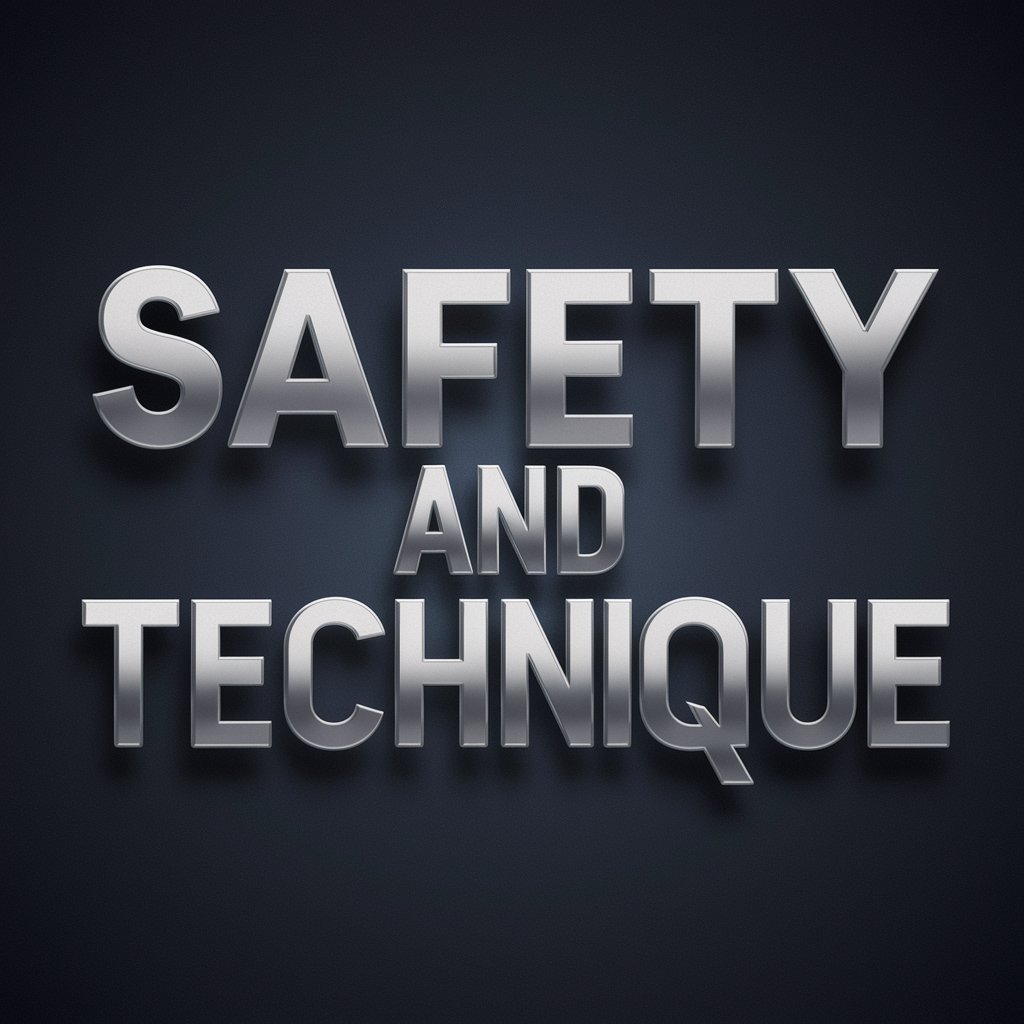In an industrial workplace setting, it is vital to keep your extraction equipment maintained to ensure it operates efficiently and safely. Failure to do so can result in decreased performance, increased downtime, and potential safety risks. This article will delve into the steps for caring for your fume extraction equipment.
1. Recognizing the Significance of Regular Maintenance
Fume extraction maintenance is critical for several reasons. First, it guarantees that the system functions at its peak efficiency by eliminating airborne particles from the environment. Second, routine maintenance allows for the identification of any issues or malfunctions that could lead to repairs or replacements in the future. Third, proper maintenance extends the lifespan of these systems, ultimately saving you money over time.
2. Establishing a Maintenance Routine
To maintain your extraction equipment, it is important to set up a thorough maintenance schedule. This schedule should encompass both tasks that are done consistently and detailed inspections conducted periodically.
Regular maintenance activities may involve adhering to manufacturer guidelines by cleaning filters and nozzles using cleaning agents and protective gear to prevent contamination during handling.
Periodic inspections should entail dismantling parts of the extraction system for an assessment. Steps in the maintenance process include inspecting the ductwork for signs of wear and tear, verifying the accuracy of airflow indicators, lubricating moving parts as needed, and examining fan motors for noise or vibrations.
3. Conducting Filter Replacement
One crucial aspect of maintaining extraction equipment is ensuring filter replacements. Filters play an important role in capturing contaminants, making regular replacement vital for optimal equipment performance. The frequency of filter replacements depends on factors like usage intensity and environmental conditions.
To determine when to replace filters, refer to the equipment manual or seek guidance from the manufacturer. Typically, it is advisable to replace filters if contamination levels are low in your workspace. For high contamination levels, frequent replacements may be necessary, possibly every three to six months.
4. Ensuring Proper Airflow
Another critical maintenance task is ensuring airflow within the equipment. Monitoring for reduced suction or airflow restrictions is important as they can signal issues like filters, blocked ductwork, or malfunctioning fans. Regularly check components that contribute to airflow, such as nozzles, fume hoods, and extraction arms, for any obstructions and to clear away debris that could hinder airflow. Make sure to check the fan and motor functions of the extraction system to verify that they are working efficiently.
5. Monitoring Exhaust Fan Performance
When it comes to monitoring the performance of the exhaust fan, it is crucial to remove contaminants from the workspace. It’s important to conduct checks and maintenance to ensure that the fan is functioning correctly.
Inspect the fan blades for any signs of damage or excessive dust buildup that could impact its efficiency. Clean the blades carefully using a brush or compressed air if needed. Be cautious not to damage any delicate components during cleaning.
Ensure all connections related to the fan and motor are securely in place. If you detect any noises or vibrations while it is running, refer to your manufacturer’s instructions. Seek professional help for further evaluation.
6. Training and Educating Employees on Proper Usage and Maintenance
Educating employees on how to use and maintain fume extraction equipment is essential. Beyond cleaning and inspections, it’s crucial to teach employees about correct usage and maintenance procedures to prolong equipment lifespan, enhance performance, and prioritize their safety.
Educate your staff on why fume extraction equipment is important, why maintenance matters, and how it contributes to their health and well-being at work. Explain the risks associated with using or neglecting maintenance, such as compromised air quality, potential health hazards, and hazardous situations.
Offer training sessions on how to use the equipment, covering startup procedures, adjusting airflow settings based on tasks and contaminants, and best practices for utilizing components like hoods or extraction arms. Stress the significance of adhering to manufacturer guidelines for maintenance activities.
Summary
Properly maintaining extraction equipment is a duty to ensure workplace safety and peak performance. Integrating tasks into a maintenance plan, and conducting frequent checks and filter changes while monitoring airflow and exhaust fan efficiency can reduce downtime and prevent expensive repairs or replacements.
Keep in mind that each fume extraction system is unique; hence, it’s vital to follow manufacturer recommendations when maintaining your equipment model. Through upkeep and attention to detail, you can achieve operational success while safeguarding the health and well-being of workers in your environment.






